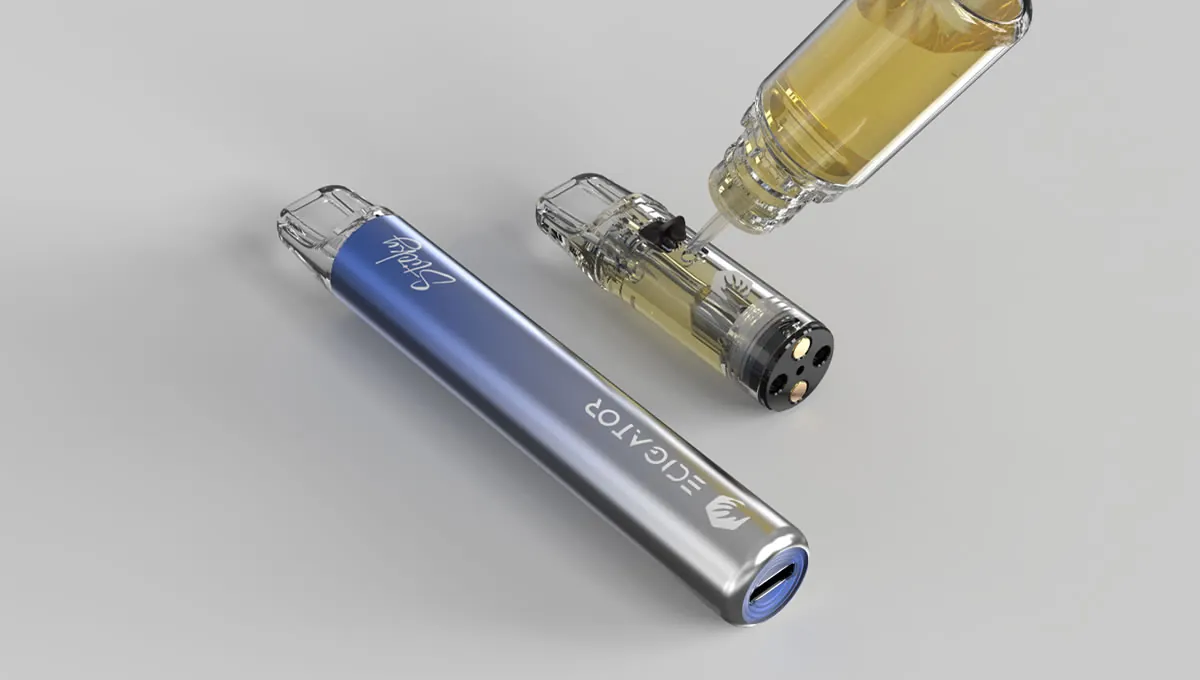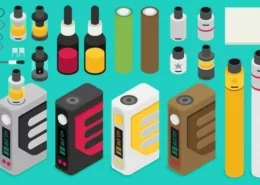The Ultimate Vape Pen Buying Guide: From Starter Kits to Advanced Rigs
Vape pens have exploded in popularity, offering a discreet, portable, and often customizable way to consume e-liquids, cannabis oils, and other concentrates. What was once a niche alternative has become a mainstream phenomenon, with a dizzying array of options available. Whether you’re a newcomer looking to switch from traditional smoking, a seasoned vaper seeking an upgrade, or curious about different material compatibilities, choosing the right vape pen can feel overwhelming. This comprehensive guide will break down everything you need to know, from the essential components and different types of vape pens to key considerations like battery life, material compatibility, and recent technological advancements, ensuring you can make an informed purchasing decision.
Understanding the Anatomy of a Vape Pen
At its core, a vape pen is a relatively simple device, but understanding its main components is crucial for selecting one that suits your needs and for proper maintenance. Most vape pens consist of the following key parts:
- Mouthpiece (Drip Tip): This is the part you inhale from. Mouthpieces are designed for ergonomic comfort and optimal vapor delivery. Materials vary from heat-resistant plastics and silicone to glass or ceramic. Some advanced models feature removable mouthpieces for easier cleaning or incorporate design elements like spiral channels or cooling chambers to reduce vapor temperature and enhance smoothness.
- Tank/Cartridge/Pod: This component holds the substance to be vaporized, whether it’s e-liquid (nicotine or nicotine-free), THC/CBD oil, or other concentrates.
- Pre-filled Cartridges/Pods: Common in many simpler systems (like Sticky or disposable vape pens), these offer convenience but limit flavor and strength choices and can be more expensive per volume.
- Refillable Tanks/Pods: These allow users to fill them with their chosen e-liquid or oil, offering greater customization and cost-effectiveness. Modern tanks often feature clear sections to easily monitor liquid levels, helping to prevent “dry hits” which can damage the coil and produce an unpleasant taste.
- Atomizer (Heating Element/Coil): This is the engine of the vape pen. The atomizer contains a heating coil (often made of Kanthal, stainless steel, nickel, or titanium) and a wicking material (like cotton or ceramic). When the battery is activated, the coil heats up, vaporizing the liquid that has been absorbed by the wick.
- Cotton Wicks: Common in many e-liquid atomizers, but can burn if the device is fired with insufficient liquid or at too high a voltage.
- Ceramic Coils/Cores: Increasingly popular, especially for thicker oils like cannabis concentrates, as they offer superior thermal stability, even heat distribution, and better flavor preservation. They also tend to have a longer lifespan than cotton-wicked coils.
- Quartz Rods: Used in some concentrate pens for rapid heating and pure flavor.
- Battery: The power source for the vape pen. Most modern vape pens use rechargeable lithium-ion batteries. Battery capacity, measured in milliampere-hours (mAh), varies widely, from around 200 mAh in small disposable pens to 1000 mAh or more in larger, rechargeable models. Higher mAh generally means longer use time between charges.
- Activation: Batteries can be button-activated (user presses a button to heat the coil) or draw-activated (heating begins automatically when the user inhales, mimicking the act of smoking a cigarette).
- Voltage/Wattage: Some batteries offer fixed voltage/wattage, while more advanced pens allow for variable voltage or wattage (e.g., 3.3V–4.8V), enabling users to customize vapor density, throat hit intensity, and flavor.
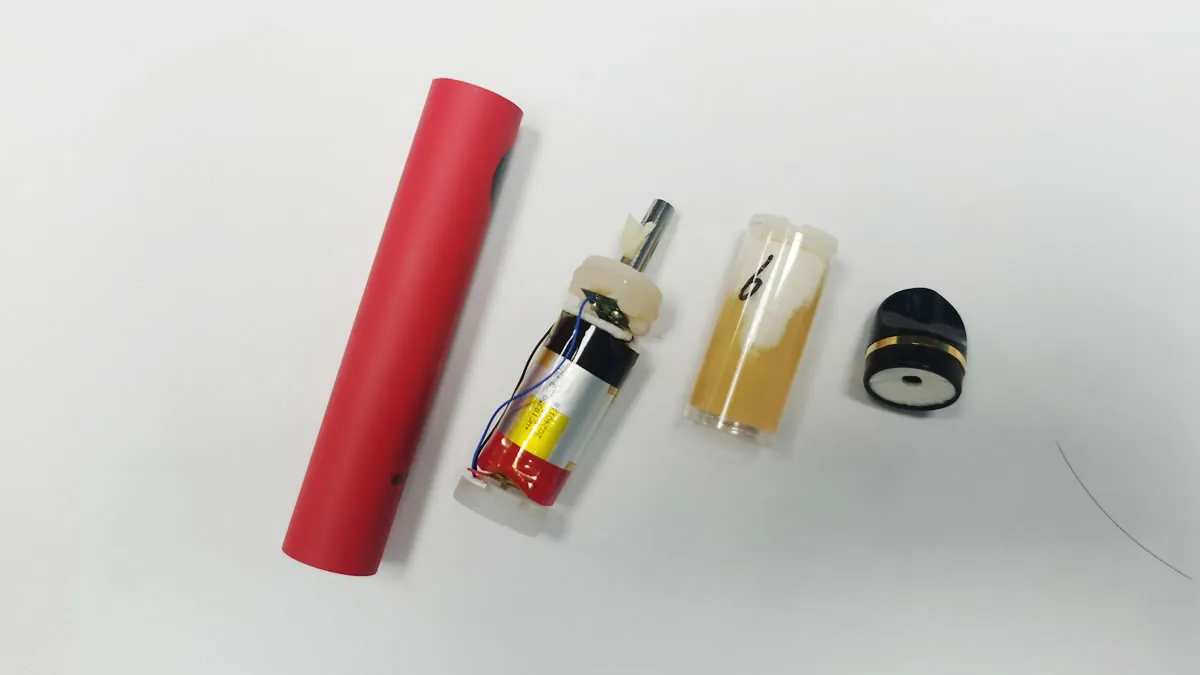
Navigating the Different Types of Vape Pens
The term “vape pen” covers a broad category. Here’s a breakdown of common types to help you identify what might suit your needs:
1. Starter Kits (for E-Liquids)
Specifically designed for beginners transitioning from smoking or new to vaping e-liquids, starter kits prioritize simplicity and ease of use. They often come as all-in-one devices with pre-assembled components, fixed wattage (typically low, around 10W-20W), and integrated tanks or easy-to-use pod systems. While highly affordable (often in the £15–£30 / $20-$40 range) and user-friendly, they usually offer limited battery life and minimal customization. They are a good entry point but many users eventually upgrade.
2. Pod Systems (for E-Liquids, especially Nicotine Salts)
Pod vapes have surged in popularity due to their convenience and effectiveness, particularly with nicotine salt e-liquids (which provide a smoother throat hit at higher nicotine concentrations). These devices use replaceable or refillable “pods” that contain the coil and e-liquid, snapping magnetically or friction-fitting onto a compact battery base. They typically offer a tight, mouth-to-lung (MTL) draw, closely mimicking the sensation of smoking a traditional cigarette. While brands like JUUL popularized disposable (closed) pods, environmental concerns and cost have driven a significant shift towards refillable (open) pod systems.
3. Advanced Vape Pens (for E-Liquids)
Catering to more experienced vapers or those seeking greater control and vapor production, advanced vape pens (often called “vape sticks” or “pen-style mods”) offer more features. These might include:
- Adjustable airflow controls to fine-tune the draw resistance.
- Sub-ohm coils (resistance less than 1.0 ohm, e.g., ≤0.5Ω), designed for producing larger vapor clouds and often used with higher VG (vegetable glycerin) e-liquids.
- Higher power output (e.g., models like the SMOK Stick V9 can offer 60W).
- Larger battery capacities (e.g., 2000 mAh or more) for longer usage.
- Support for direct-to-lung (DTL) inhalation styles, as opposed to the MTL style of simpler pens.
4. Cannabis-Specific Pens (for Oils and Concentrates)
These vape pens are optimized for vaporizing THC or CBD oils and other viscous concentrates (wax, shatter). Key features include:
- Ceramic or Quartz Coils: Essential for handling thick concentrates without burning and for preserving flavor. Cotton wicks are generally unsuitable for these materials.
- 510-Threaded Batteries: This is a near-universal standard for cannabis vape batteries, allowing compatibility with a wide range of third-party pre-filled cartridges.
- Temperature Control/Variable Voltage: Crucial for cannabis products, as different cannabinoids and terpenes vaporize optimally at specific temperatures. Excessive heat can degrade these compounds and produce a harsh taste.
It’s important to note that while some manufacturers claim their e-liquid pens can also vaporize dry herbs, this is often an exaggeration. Most true dry herb vaporizers use different chamber designs and heating methods (often convection) to avoid combustion, which pen-style conduction heating often struggles with for flower.
Key Considerations When Buying a Vape Pen
With the types defined, here are critical factors to weigh before making a purchase:
- What Will You Be Vaping? This is the most important question. E-liquids, thick cannabis oils, or waxy concentrates all require different types of atomizers and often different battery capabilities. Don’t try to use a pen designed for thin e-liquids with thick cannabis oil, or vice-versa, as it will likely perform poorly or damage the device.
- Battery Life (mAh) and Charging: Consider how often you vape and where you’ll be using the pen. Higher mAh means longer life between charges. Check the charging method (micro-USB is older, USB-C is faster and more modern) and typical charging time. Ensure the battery has safety features like overcharge protection.
- Ease of Use vs. Customization: Beginners often prefer simple, draw-activated pens or single-button starter kits. Experienced users might want variable voltage/wattage, adjustable airflow, and the ability to experiment with different coils and tanks.
- Portability and Discreetness: Most vape pens are inherently portable, but some are slimmer and more discreet than others. Consider where and how you plan to use it.
- Build Quality and Materials: Look for pens made with durable materials. For tanks and mouthpieces, glass, ceramic, and high-quality heat-resistant plastics are preferable. For coils, ceramic and quartz are often favored for concentrates due to flavor purity and heat resistance.
- Coil Type and Availability: Coils are consumable parts that need regular replacement (typically every 1-4 weeks depending on use). Ensure replacement coils for your chosen pen are readily available and reasonably priced. Ceramic core coils generally offer longer lifespan and better flavor, especially for oils.
- Price and Long-Term Value: Disposable pens are cheap upfront (£5–£15 / $5-$20) but costly and wasteful long-term. Refillable starter kits or pod systems (£20–£60 / $25-$75) offer much better value, with ongoing costs limited to e-liquid and occasional coil/pod replacements. Premium cannabis pens with advanced features can exceed £100 / $120.
- Reviews and Reputation: Before buying, read reviews from reputable sources and actual users. Look for feedback on reliability, vapor quality, battery life, and any common issues.
Ecigator is one of the well-known vape brands spun off from FM Technology Co., Ltd, it’s an ISO-certified disposable vape manufacturer for OEMs, ODMs, and OBM since 2010. The founder team comes from top firms with more than 10 years of experience in the vaping industry and has devoted thousands of hours to providing users with a better and better experience.
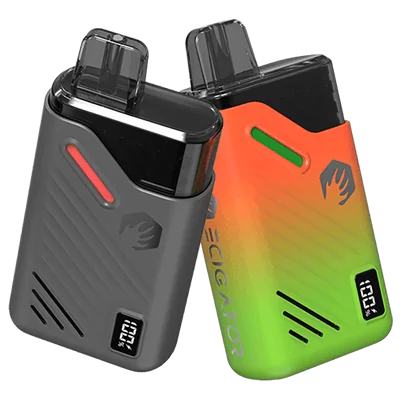
18K Disposable Pod Kit
Disposable Pod Kit – 18ml changeable pod with 650mAh rechargeable battery.
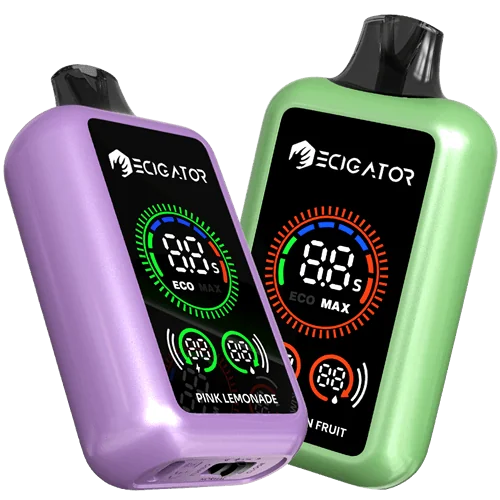
20K with Large Screen
20000 Puffs Disposable Vape with large screen. Normal and Boost working modes.
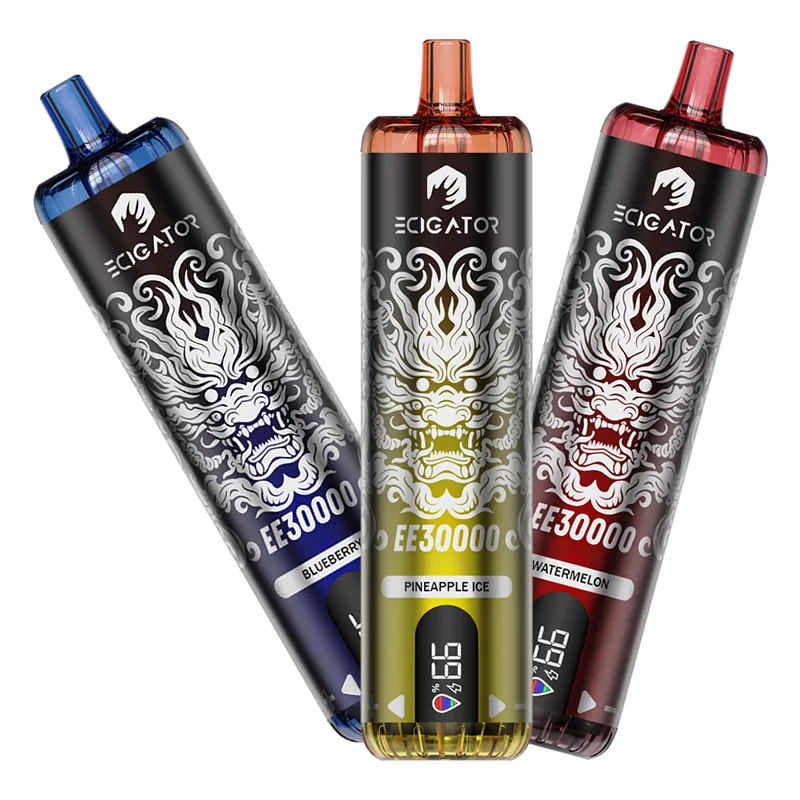
30K DTL Disposable
30K Puffs DTL(Directly to Lung) disposable vape with airflow control and screen.
Recent Technological Advancements to Look For
The vape pen market is constantly innovating. Some recent advancements enhancing the user experience include:
- Ceramic Core Coil Technology: Becoming standard in many oil and concentrate pens for improved flavor, efficiency, and coil longevity.
- Adjustable Airflow: More common even in simpler pens, allowing users to customize their draw from tight MTL to looser DTL.
- Smart Features: Some high-end pens integrate Bluetooth connectivity for app-based temperature control, dosage tracking (especially for cannabis pens), usage analytics, and device locking features. Devices like the RELX Infinity also feature haptic feedback (vibration alerts) for low battery or leak detection.
- Improved Battery Technology: Faster charging via USB-C, longer-lasting cells, and more sophisticated safety circuits.
- Focus on Sustainability: A growing trend towards more durable materials, easily replaceable components, and refillable pod systems to reduce the environmental impact of disposable products.
Conclusion: Choosing Your Ideal Vape Pen
Selecting the right vape pen is a personal journey that depends on aligning device capabilities with your specific needs, preferences, and the type of material you intend to vape. For beginners, particularly those transitioning from smoking, user-friendly starter kits or simple pod systems often provide the best entry point. Users interested in cannabis oils or concentrates should prioritize pens with ceramic coils and good temperature control. For those seeking maximum vapor production and customization for e-liquids, more advanced vape pens with sub-ohm capabilities and adjustable settings might be suitable.
Always prioritize safety by purchasing from reputable vendors, ensuring products have necessary safety certifications (where applicable), and understanding the materials you are vaporizing. Proper maintenance, including regular cleaning and timely coil replacement, will ensure optimal performance and longevity of your device. As the technology and regulatory landscapes continue to evolve, staying informed will help you make the best choices for your vaping experience.
- Is It Illegal to Vape or Smoke While Driving in the UK? - August 11, 2025
- Virginia Roanoke Considers $20,000 Annual Fee for Vape Shops - August 11, 2025
- Mississippi to Ban Unauthorized Vape Products in October - August 11, 2025


